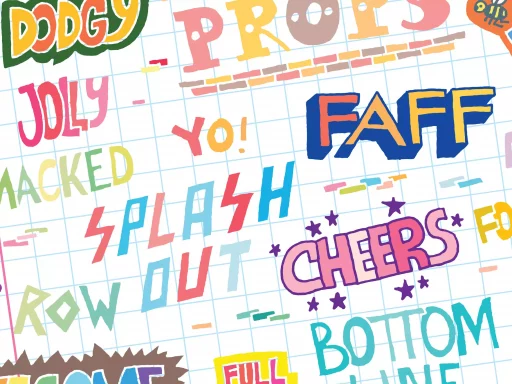Introduction to RCS Texting
Rich Communication Services (RCS) texting is revolutionizing the way we communicate through messaging applications. As traditional SMS messages face limitations in terms of features and interactivity, RCS offers a modern alternative that enriches the user experience. With more interactive capabilities, RCS is posing as a strong competitor to popular messaging apps like WhatsApp, Facebook Messenger, and iMessage.
What is RCS?
RCS stands for Rich Communication Services, a protocol that enables enhanced messaging features for users. Unlike standard SMS that only allows basic text messages, RCS includes functionalities such as:
- High-resolution image and video sharing
- Read receipts
- Typing indicators
- Location sharing
- Group chats
- Message expiration
How Does RCS Work?
RCS works over mobile data or Wi-Fi instead of traditional SMS using a cellular network. It operates through carriers and requires support from both the user’s device and the recipient’s device. When both devices are RCS-compatible, the advancements in functionality come into play, shifting away from the limitations of SMS.
Benefits of RCS Texting
The transition from SMS to RCS texting offers numerous benefits:
- Rich Media Experience: Users can share images, videos, and GIFs effortlessly.
- Improved Engagement: Businesses can create branded experiences directly through messaging.
- Interactivity: Users can respond to polls, view interactive menus, and even make purchases.
- End-to-End Encryption: RCS can provide enhanced security features, although this varies by implementation.
Examples of RCS in Action
Various sectors are already harnessing the power of RCS texting. Here are some examples:
- Travel Industry: Airlines utilize RCS to send real-time boarding alerts and travel updates.
- Retail: Brands can send personalized product recommendations and promotional offers directly to their customers through engaging, rich media messages.
- Customer Service: Companies can enhance their customer service by integrating RCS as a communication tool for support, FAQs, and issue resolution.
Case Studies: RCS Messaging Success
Several companies have successfully implemented RCS texting with impressive results:
- JetBlue: The airline reported a significant increase in customer engagement after implementing RCS for sending flight status updates, ultimately leading to greater customer satisfaction.
- The Home Depot: The retail giant noticed a 50% increase in click-through rates for RCS messages that included product recommendations compared to standard SMS.
Statistics Behind RCS Texting
RCS texting is gaining traction quckly. Here are some compelling statistics:
- According to a report by the GSMA, by 2023, over 1.4 billion users will be on RCS-enabled devices.
- A survey conducted by OpenMarket revealed that RCS can improve customer engagement rates by as much as 68%.
- More than 70% of consumers prefer receiving communication via messaging apps rather than traditional channels.
Challenges and Considerations
Despite its benefits, RCS isn’t without challenges. Some key considerations include:
- Carrier Support: Not all carriers support RCS, which can hinder widespread adoption.
- Device Compatibility: Users need updated devices to fully utilize RCS features, which can limit reach.
- Privacy Concerns: Since RCS is managed by carriers, users may have concerns about data privacy compared to end-to-end encrypted messaging apps.
Conclusion: The Future of Messaging
RCS texting represents a significant advancement in communication technology, bridging the gap between traditional SMS and modern messaging platforms. As more businesses and consumers adopt RCS, it is set to become a vital tool for enhancing user engagement and customer interactions. The future of messaging lies in richer, more dynamic experiences that RCS enables, promising an exciting evolution in how we connect.






